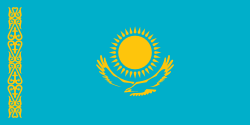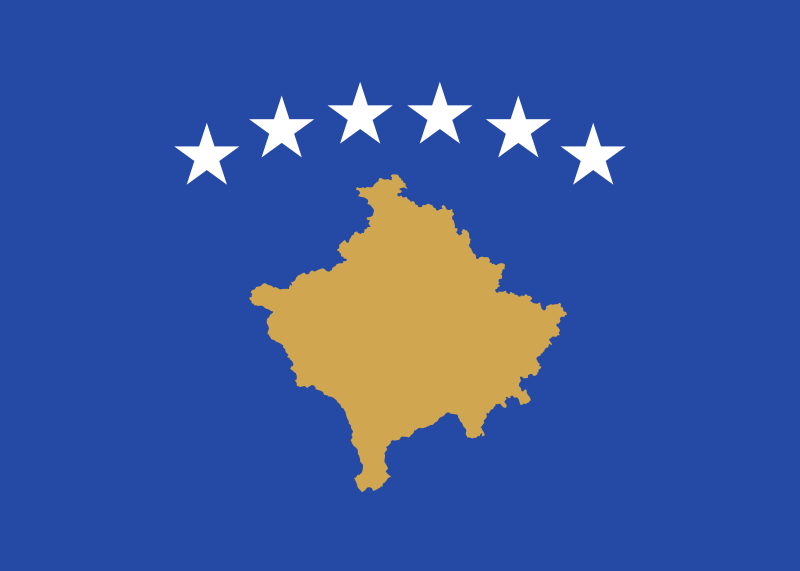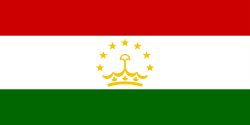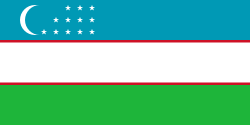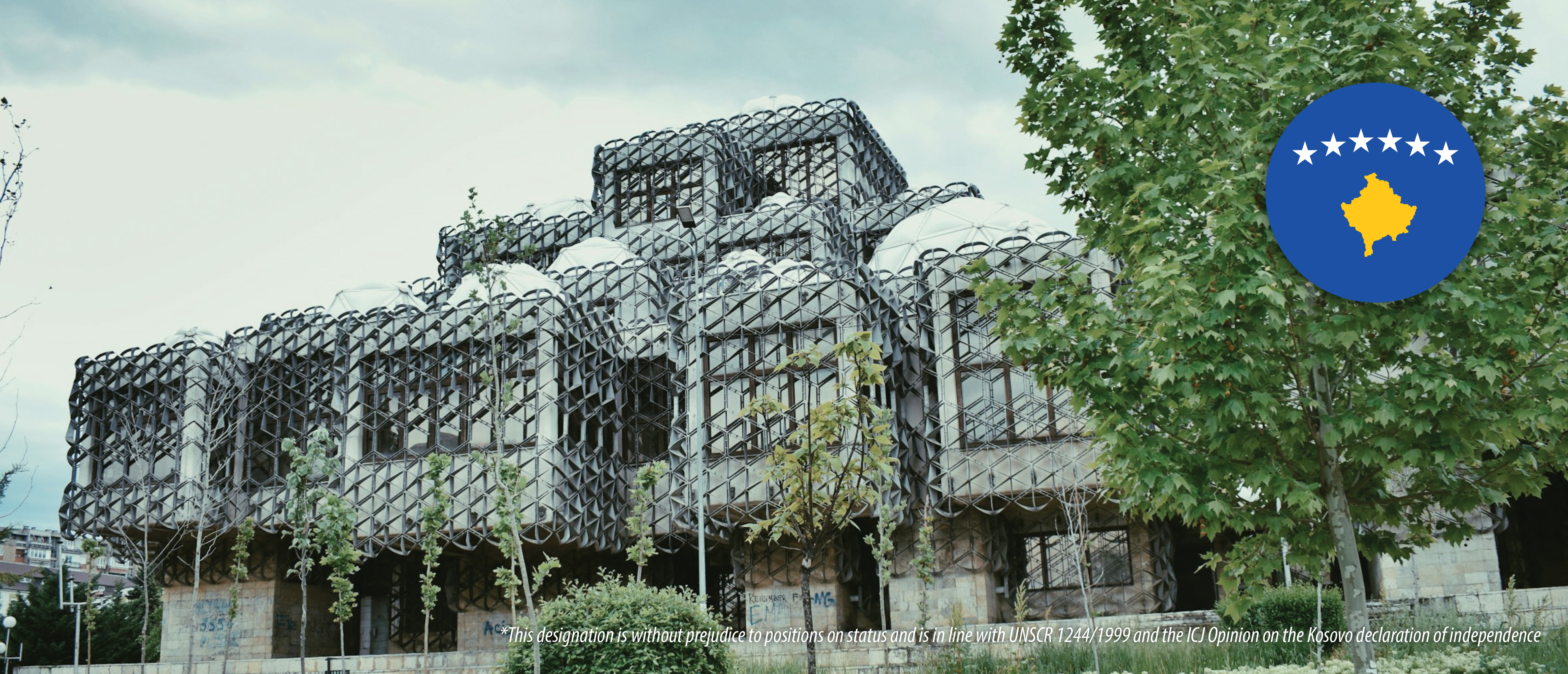General Information
Population
Immigration
Emigration
Working-age population
Unemployment rate
GDP
Refugees and IDPs
Citizenship
Territory
Migration Authorities
Responsible Body
Line Ministries
Ministry of Labor and Social Welfare
Ministry of Foreign Affairs and Diaspora
Ministry of Administration of the local government
Ministry of Education, Science, Technology and Innovation
Agencies
Key Policy Documents
Law no. 4/L-219 For Foreigners,
Law No. 04 / L-215 on Citizenship of Kosovo,
Law No. 04 / L-072 on State Border Control and Supervision,
Law no. 04 / L-095 on the Diaspora and Migration
Law 04 / L-072 on State Border Control and Surveillance,
Law No.04 / L-216 on Cooperation Between Authorities Involved in Integrated Border Management,
Law No.03 / L-208 on Readmission,
Law No. 04 / L-003 on Civil Status,
Law No. 04 / L-205 on the Employment Agency of the Republic of Kosovo,.
Description
The Republic of Kosovo* with a population of 1.798.188 inhabitants (2020) declared its independence in February 2008. The country features a large number of emigrants among a relatively young population. According to national estimates, close to 900.000 persons of Kosovar origin, including those born abroad, live outside the country.
Despite Kosovo’s rapid economic development since its independence, the unemployment rate remained at a high 25.9% in 2020. Inadequate employment opportunities, the high youth unemployment and low wages represent the main push factors for emigration. According to the reports of the Kosovo Bureau of Statistics (KAS), an estimated 71,799 residents emigrated from Kosovo in the period 2018-2020. The figure was the lowest in 2020 reaching only 8,724 persons, most of whom left for Germany, Croatia, Slovenia, France, Switzerland and Italy. The main reasons for leaving Kosovo are family reunion and employment mostly in construction, accommodation, food, administrative and support services. In 2018-2020, almost 14.490 Kosovars renounced their citizenship to acquire German, Austrian or Slovenian passports. The growing labour emigration drives up the flow of remittances. In 2020, remittances in Kosovo amounted to 980.1 million euros (14.4% of the GDP), increasing by 40% compared to 2016.
While immigration flows of the recent past accounted for some 6.000 persons a year, in 2020 the flow reached 11,543 people, originating mostly from Serbia, Albania, Northern Macedonia, Turkey and Egypt. At the same time, the number of temporary residence permits issued to foreigners decreased from 4.935 in 2019 to 3.429 in 2020. Over 50% of temporary residence permits were issued for employment purposes, 42% for family reunification, and 5.9% for education purposes. Most permits were granted to the nationals of Albania (27.4%), Serbia (20.4%) and Turkey (19.2%). Importantly, the COVID-19 pandemic, its related restrictions and the closure of businesses led to a 28% decrease in the employment of foreigners in Kosovo in 2020.
The number of irregular border crossings in Kosovo has increased from 505 in 2018 to 2.564 in 2020. Irregular migrants mostly use Kosovo as a transit territory en route to the EU. In 2020, the number of irregular migrants who crossed the border and entered the territory of the Republic of Kosovo without authorization stood at 2.564. When it comes to international protection, the number of asylum seekers in Kosovo in 2020 was 1.409. The main countries of origin of both irregular migrants and asylum seekers are Syria, Morocco, Palestine, Iraq, and Libya.
Kosovo is also a country of origin for persons seeking international protection. In 2015, Kosovo nationals submitted over 72.000 asylum applications in the EU-27, with the majority filed in Germany and Hungary. Since then, the numbers have dropped steeply reaching 2.350 in 2021, over half of which were filed in France. One of the prime reasons for this decline was the change in the EU asylum policy that categorized the Western Balkan states as ‘safe’, thereby encouraging returns. Most returns occurred in 2015 and 2016, steadily decreasing along with the downward trend in asylum applications. The number of Kosovo refugees in the EU saw an opposite trend and grew from some 5.000 in 2011 to nearly 11.000 in 2020. As of 2021, Kosovo still hosts over 15.000 IDPs.
The increasing mixed migration flows forced Kosovo to step up efforts to improve migration management, but many obstacles related to institutional cooperation, coordination, and legislation persist. Kosovo has adopted a new National Migration Strategy 2021-2025, focusing on such areas as migration management, safe, orderly and regular migration, and international protection.
In terms of international cooperation, Kosovo’s focus remains on the long-term goal of the Stabilization and Association Process and visa liberalization with the EU. The country also concluded cooperation agreements with the neighbouring Albania, North Macedonia, and Montenegro. With the Republic of Serbia, on the other hand, there is no other initiative than the agreements reached under international mediation in Brussels.
Bilateral agreements on the demarcation of the border with neighbouring countries play an important role in this context. While the demarcation of the state border with North Macedonia has been completed, this process is yet to begin with Montenegro. To advance the management of border controls, Kosovo equally needs to conclude an agreement on monitoring of the green-blue border with the Republic of Serbia, with which it shares the longest borderline.
Significant progress has been made in joint patrols with the Albanian and North Macedonian police, as well as in synchronized patrols with the police of Montenegro. The short-term goal is to adopt and implement an agreement on cross-border police cooperation with Montenegro. Another goal is to conclude a cooperation agreement with FRONTEX.
UNHCR is main Kosovo’s partner in terms of the management of the borders and the migration flow. It cooperates with government institutions, municipalities, the Kosovo Agency for Statistics, the judicial institutions, the Ombudsperson Office, the Kosovo Academy of Justice, the Bar Association, and the University of Pristina.
*This designation is without prejudice to positions on status and is in line with UNSCR 1244/1999 and the ICJ Opinion on the Kosovo declaration of independence





















